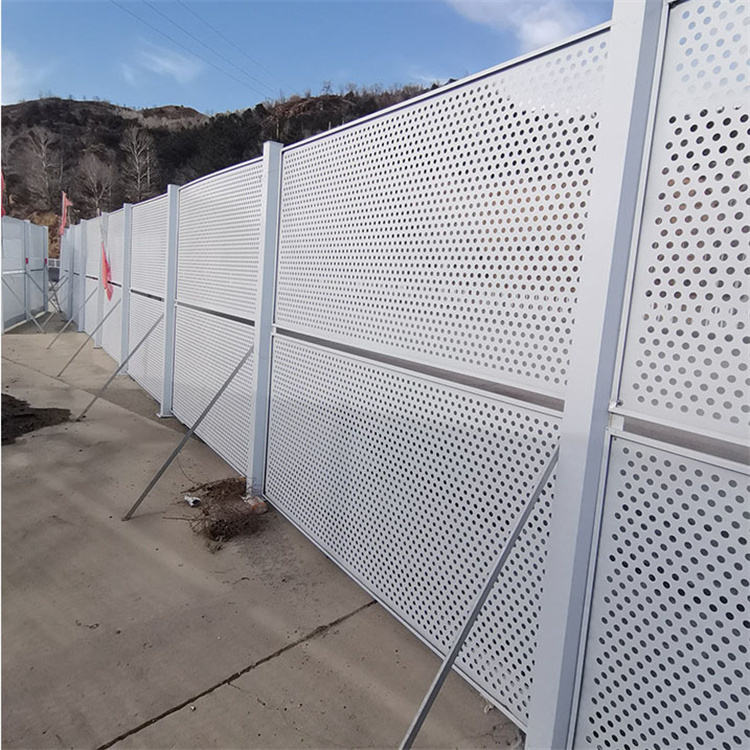The Cost of Temporary Construction Fencing An In-Depth Analysis
Temporary construction fencing plays a crucial role in a wide range of construction and renovation projects. It serves several essential functions, such as ensuring safety, maintaining security, and managing site access. As construction projects become more common, understanding the cost of temporary fencing becomes increasingly important for contractors, builders, and project managers. In this article, we will explore the various factors that influence the cost of temporary construction fencing, the different types of fencing available, and ways to manage expenses effectively.
Understanding Temporary Construction Fencing
Temporary construction fencing is designed to secure a construction site from unauthorized access and protect the public from potential hazards. This type of fencing is typically made from materials such as chain-link, mesh, or wood panels, offering varying levels of security and visibility. The installation of temporary fencing is generally quicker and more cost-effective than permanent fencing solutions, making it the ideal choice for short-term projects.
Factors Affecting Costs
1. Type of Fencing The most common types of temporary fencing are chain-link, barricade, and mesh panels. Chain-link fencing, which provides a robust and secure barrier, tends to be more expensive than mesh fencing, which offers less security but is lighter and easier to transport. The choice of fencing type will significantly impact the overall cost.
2. Height and Length The height and length of the fencing required are significant factors in determining costs. Most temporary fencing is available in standard heights of 4 to 8 feet. Taller fences generally cost more due to the additional materials required, while the total length needed will depend on the site’s dimensions. Longer lengths will naturally lead to increased costs.
3. Installation and Removal The labor costs associated with the installation and removal of temporary fencing can vary widely, depending on the site’s location and the complexity of the setup. For example, urban areas may incur higher labor rates due to logistical challenges and the need for specialized equipment.
4. Rental vs. Purchase Many contractors opt to rent temporary fencing instead of purchasing it outright. Rental costs typically range from $1 to $3 per linear foot per month. While renting may seem more economical for short-term needs, purchasing fencing can be more cost-effective for long-term use.
5. Location and Regulations Depending on the geographical location of a construction site, local regulations can also impact fencing costs. Some areas may require specific fencing standards or additional features, like privacy screening or anti-climb options, which can increase expenses.
cost of temporary construction fencing

6. Site Conditions The nature of the construction site itself can affect fencing costs. Challenging terrain, such as steep inclines or uneven ground, may require additional resources to install the fencing securely. Moreover, if the site is in a high-crime area, extra security measures might also be needed, contributing to higher costs.
Managing Temporary Fencing Expenses
To manage the costs of temporary construction fencing effectively, project managers can adopt several strategies
1. Assessing Project Needs Before acquiring fencing, it’s essential to thoroughly assess the project’s needs. Determine the appropriate type of fencing based on the level of security required, the duration of the project, and specific site conditions.
2. Comparing Quotes Collecting quotes from multiple suppliers can lead to significant savings. While price should not be the only consideration, comparing options allows contractors to find a balance between quality and affordability.
3. Consideration of Rental Terms If opting for rental, carefully review the terms and conditions. Understanding the rental period and associated costs can help avoid unexpected expenses.
4. Planning for Efficiency Efficient planning of the installation and removal timelines can also save costs. Avoiding delays and ensuring that the fencing is set up in a timely manner can minimize labor costs.
5. Reusing Materials If temporary fencing is likely to be a recurring expense, it might be worthwhile to invest in durable, reusable materials that can be utilized across multiple projects.
Conclusion
The cost of temporary construction fencing is influenced by various factors, including the type, length, installation, and regional regulations. By understanding these elements and employing effective cost-management strategies, construction professionals can ensure that they maintain site security and safety while also staying within budget. As the construction industry continues to grow, being well-informed about the costs associated with temporary fencing will remain an essential aspect of project management.
-
The Best Metal Mesh Solutions: Expanded Aluminum Metal vs. Expanded Stainless Steel Metal
NewsSep.10,2024
-
Round Perforated Sheets vs. Hexagonal Perforated Sheets vs. Embossed Perforated Sheet Metal
NewsSep.10,2024
-
Perforated Metal Sheets
NewsSep.10,2024
-
Experience The Excellence Of Stainless Steel Grating
NewsSep.10,2024
-
Discover the Versatility Of Metal Mesh Expanded Forming Machines
NewsSep.10,2024
-
Discover The Advantages Of Steel Grating For Sale
NewsSep.10,2024
Subscribe now!
Stay up to date with the latest on Fry Steeland industry news.

